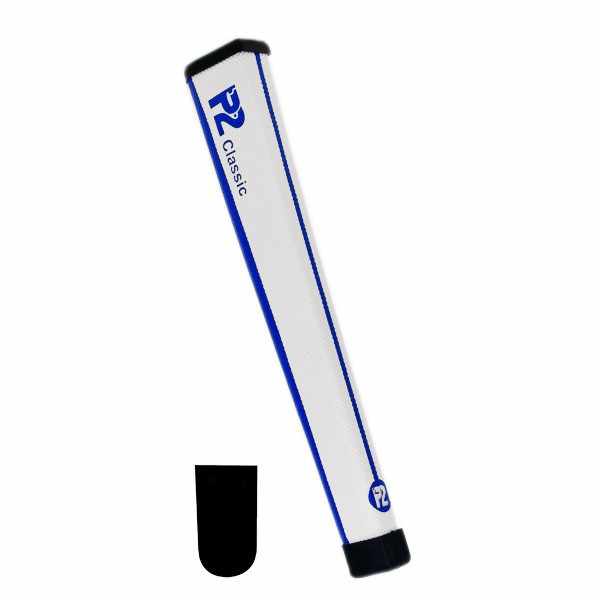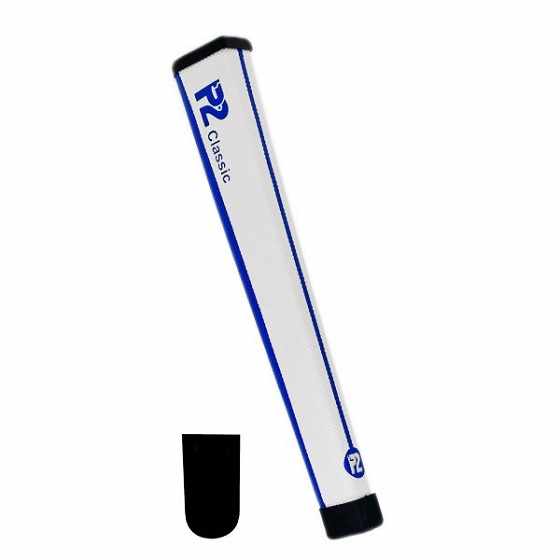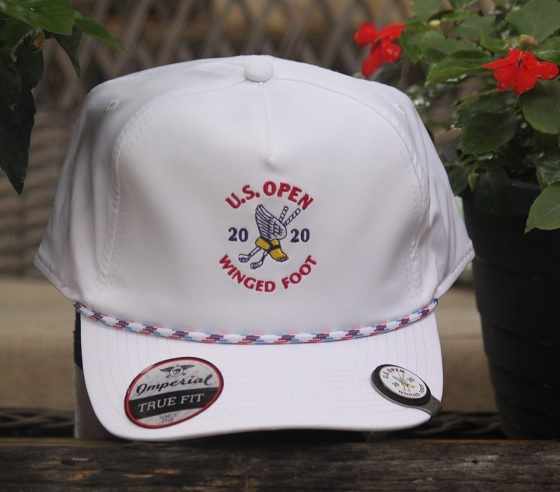
When golfers think about improving their game, they often focus on swing mechanics, club selection, or even footwear. But few realize how much a small component like a putter grip can influence consistency and accuracy on the greens. For those looking to elevate their short game, understanding the design and specifications of your grip can lead to meaningful performance gains.
One such innovation that has garnered attention in recent years is found in P2 Putter Grip Specs. These specifications aren't about flashy branding or endorsements—they're rooted in functional design principles that align the golfer’s hands more naturally and promote better stroke mechanics.
Why Grip Design Matters in Putting
The putter grip is the only point of contact between the golfer and the club. It transmits feel, directs motion, and helps establish a consistent alignment. Unlike full-swing clubs, which require dynamic movement and power, putting emphasizes finesse and control. This means the putter grip plays a more critical role than many appreciate.
Traditional grips often allow the wrists too much freedom. While flexibility is great for driving or chipping, it can be detrimental on the green. Extra wrist movement can introduce variability in face angle at impact, leading to missed putts—especially those under ten feet.
This is where innovations like those seen in P2 Putter Grip Specs come into play. These specifications are designed to reduce wrist breakdown, promote a square face through impact, and create a more repeatable stroke.
Key Specifications That Make a Difference
To understand why certain grip specs matter, it's important to examine a few core elements that define any quality putter grip:
Grip Orientation
Innovative putter grips often rotate the shaft slightly rearward in relation to the grip’s main axis. This subtle change places the hands in a more anatomically neutral position and can reduce the tendency to manipulate the clubface during the stroke.Flat Front Face Design
A flat or slightly rounded front face allows golfers to place their thumbs comfortably and consistently each time they grip the club. This alignment cue is essential for repeatability and confidence.Width and Taper Profile
Oversized grips have gained popularity because they reduce wrist activity. However, not all oversized grips are created equal. The best designs maintain a uniform or reduced taper profile, allowing for equal pressure from both hands. This promotes harmony and eliminates dominance from one hand over the other.Weight and Balance Influence
Changing grip weight affects the overall swing weight of the putter. Lighter grips allow for more feel in the head, while heavier grips may create a smoother tempo. Some modern grips also subtly shift the club’s balance point, aiding in consistency.Material and Texture
Comfort, durability, and weather resistance all come into play here. A tacky but firm grip surface ensures that even in humid or rainy conditions, players retain full control of their stroke.
P2 Putter Grip Specs
Reducing Variables in the Putting Stroke
The most consistent putters in the world don’t rely on talent alone—they manage variables that can derail a stroke. Grip design and how it fits the player’s hands are some of the most overlooked of these variables.
P2 Putter Grip Specs are designed with a singular mission: to keep the hands quiet and reduce unnecessary motion. A more stable grip allows the shoulders to dominate the stroke, which many coaches agree leads to better distance control and alignment.
This doesn’t mean every player will see instant results. Like any piece of equipment, the right grip for one golfer may not suit another. However, there’s growing support among professionals and amateurs alike for adopting more technically refined grip designs over traditional models.
Who Benefits Most from Advanced Grip Specs?
Golfers at all skill levels can benefit from a grip that matches their stroke style and body mechanics. However, players who struggle with:
Pushed or pulled short putts
Inconsistent contact on the face
Too much wrist action
Poor alignment
…are especially good candidates for exploring grips with advanced specifications.
Beginners often think their mechanics are to blame, when in fact a simple change in grip profile or orientation could bring instant improvement. Meanwhile, seasoned players may appreciate how a new grip can refresh their feel and sharpen performance under pressure.
Customization and Grip Fitting
Not every grip will work for every golfer right off the rack. That’s why grip fitting is becoming more popular at club-fitting centers and golf retailers. Just like getting fitted for the right shaft flex or driver loft, finding a grip that complements your posture, hand size, and stroke style can lead to better results.
Modern specifications—like those found in non-traditional grips—allow for such fitting in a more precise way. Instead of choosing between soft or firm, thick or thin, players can now choose grips with specific wrist-locking designs or face-squaring properties based on real data.
Looking Beyond Tradition
While traditional golf equipment still has its place, the game is evolving. Golfers are now embracing a wider variety of designs and technologies once considered “unconventional.” Grips are no exception. For too long, golfers accepted standard designs without questioning how much better they could perform with something different.
As more attention is paid to biomechanics and stroke consistency, the importance of specifications—especially in putter grips—is becoming undeniable. The right grip doesn’t just feel good in your hands; it supports better mechanics, eliminates compensations, and leads to more putts holed.
If you're looking to refine your putting performance, consider exploring the details behind your current setup. Small changes can have a huge impact, and understanding the deeper aspects of design—like Innovative putter grip specifications —can be the difference between a frustrating round and a confident one.
At the end of the day, it's not about gimmicks or trends—it's about function. It’s about choosing components that support your natural stroke and provide stability under pressure.
For golfers looking to explore putter grip innovations and elevate their game, Classic Golf of the Carolinas is proud to be a trusted resource for fitting expertise and guidance rooted in performance.






Write a comment ...